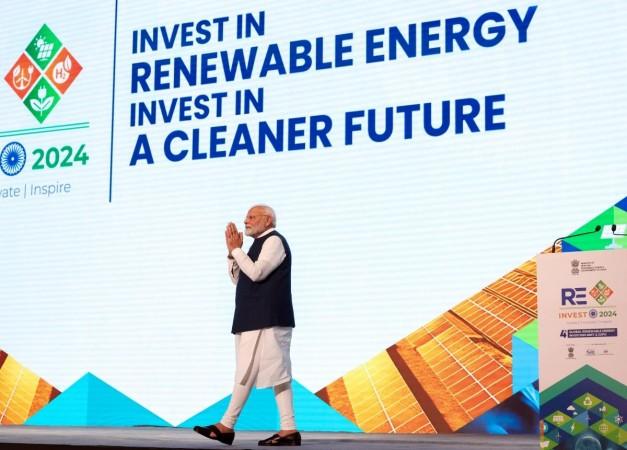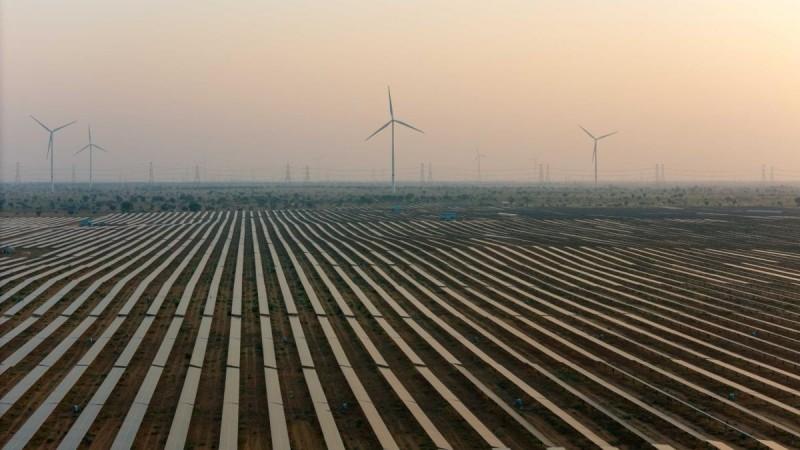
The share of renewable energy, including hydro, in the country's power generation is projected to rise to 35 per cent by FY30, up from 21 per cent in FY24, a report showed on Friday.
According to ratings agency ICRA, achieving the renewable purchase obligation (RPO) target of 43.3 per cent by FY30 will require more than doubling the current renewable energy capacity of 200 GW to meet future demand.
This will involve significant investments in energy storage and grid integration solutions, as well as addressing challenges related to land acquisition and transmission infrastructure, the findings showed.
The country has made significant progress in renewable energy capacity addition with a strong policy focus, but factors such as energy storage, grid integration, and fully integrated renewable energy equipment manufacturing pose challenges, given the increasing share of renewables in the energy mix.
According to Girishkumar Kadam, senior vice president and group head-corporate ratings at ICRA, the evolving landscape presents both risks and significant investment opportunities, especially as the demand for cleaner energy sources intensifies.

The sector's growth potential is immense, provided the Government addresses these pressing issues expeditiously, he added.
The government has committed to achieving 50 per cent of its installed power capacity from non-fossil fuel sources by 2030.
When it comes to electric vehicles (EVs), electric two-wheelers will account for 25 per cent of new vehicle sales, while electric three-wheelers and buses will constitute 40 per cent and 30 per cent, respectively, by FY2030, the report noted.
ICRA expects the EV sector to attract substantial investments, with nearly Rs 25,000 crore anticipated to be poured into charging infrastructure and localisation of EV components over the next three to four years.
According to the report, hurdles such as charging infrastructure, battery technology, and supply chain resilience are the key critical areas that need to be addressed for a successful transition to sustainable transportation.
(With inputs from IANS)









!['Had denied Housefull franchise as they wanted me to wear a bikini': Tia Bajpai on turning down bold scripts [Exclusive]](https://data1.ibtimes.co.in/en/full/806605/had-denied-housefull-franchise-they-wanted-me-wear-bikini-tia-bajpai-turning-down-bold.png?w=220&h=138)



